In the News
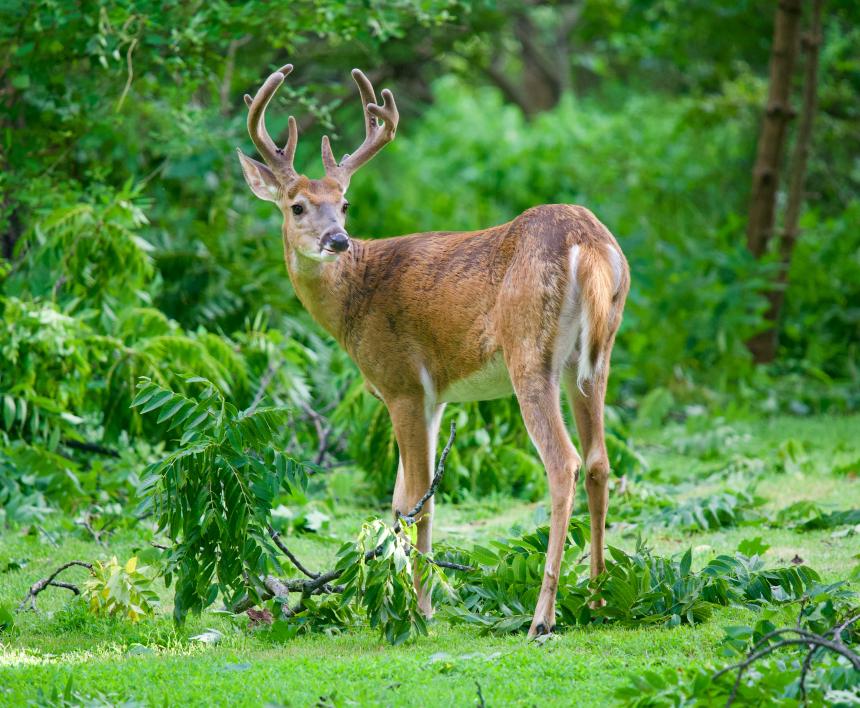
March 13, 2024
With its first confirmed case in January 2022, Louisiana joined a growing club of more than 30 states that have detected chronic wasting disease in deer. Once this disease is discovered, it is extremely hard to eradicate, says Cornell's Dr. Krysten Schuler.
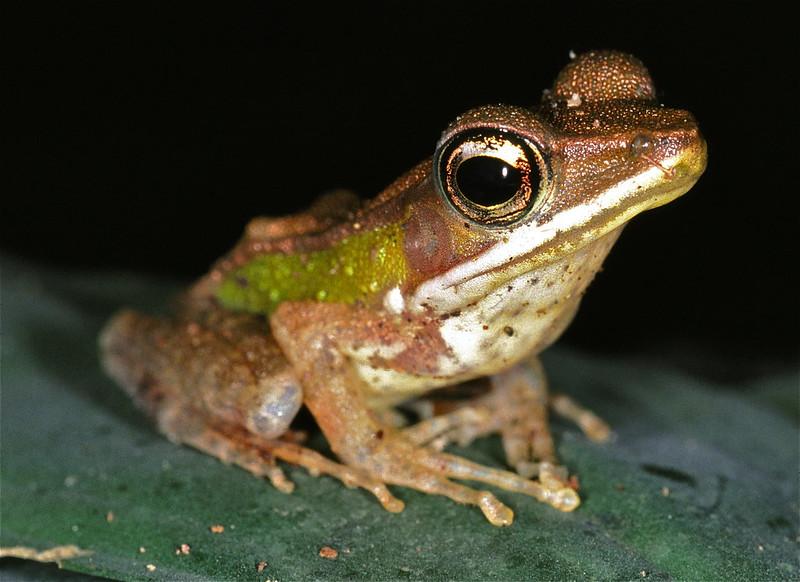
March 08, 2024
When observing a hoard of golden-backed frogs at a roadside pond in India, a group of naturalists noticed something odd — one animal had a tiny mushroom sprouting out of its side. Cornell's Dr. Alyssa Wetterau Kaganer weighs in and finds the discovery fascinating.
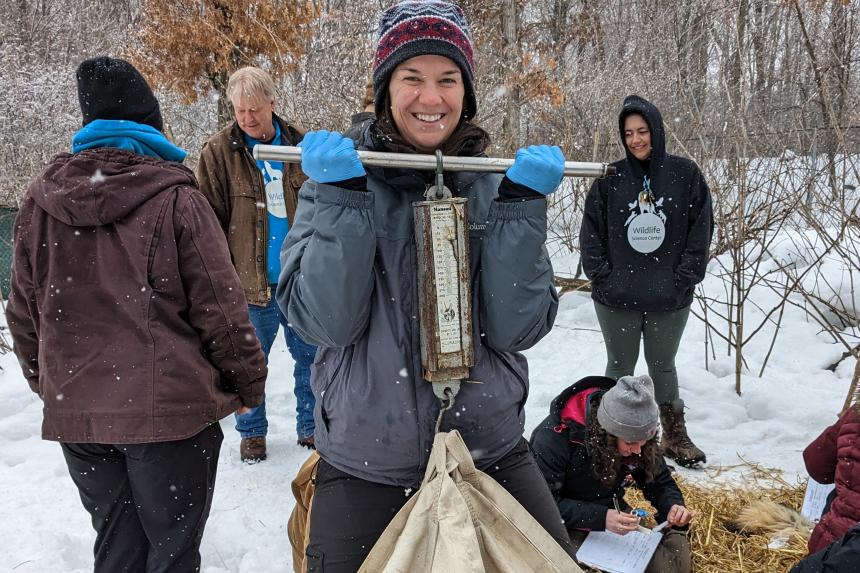
Blog
February 23, 2024
Have you ever wondered about the journeys taken by certain wildlife veterinarians to get to where they are today? Recently, I had the privilege of chatting with Dr. Jennifer Bloodgood over coffee to delve into this very topic....

February 14, 2024
Cornell University’s College of Veterinary Medicine announced a gift of $35 million to support the Cornell Wildlife Health Center, which has been renamed to the Cornell K. Lisa Yang Center for Wildlife Health in recognition of the scale of commitment to planetary health from the donor, Lisa Yang.
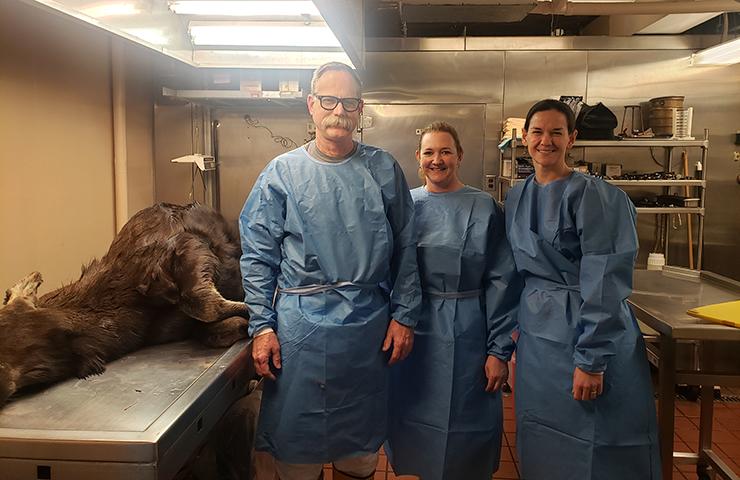
Blog
February 12, 2024
A new monthly “A Day in the Life of…” series by the Cornell Wildlife Health Lab features snapshots of the daily lives of various wildlife health team members. The January issue highlights wildlife disease ecologist and lab director Dr. Krysten Schuler.

January 30, 2024
A transformational gift from philanthropist and Cornell alumna K. Lisa Yang ’74 will endow and rename the Cornell Wildlife Health Center as the Cornell K. Lisa Yang Center for Wildlife Health at the College of Veterinary Medicine.
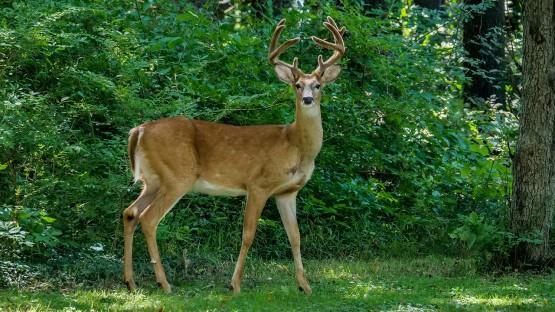
January 18, 2024
A new Cornell-led study shows that deer hunters were more likely to be swayed by social media messages about the potential risks of chronic wasting disease if they came from a source they believed aligned with their own views and values.
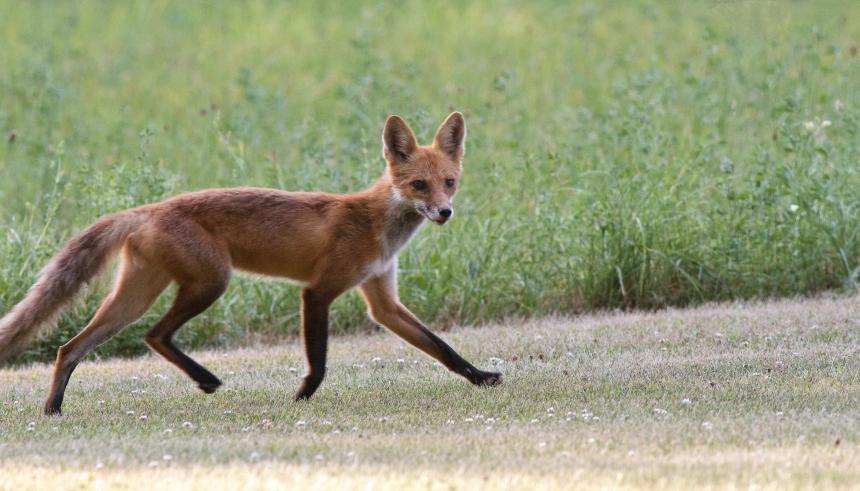
January 08, 2024
Cornell researchers have discovered coronaviruses in wild carnivores that had never been reported in these species before.
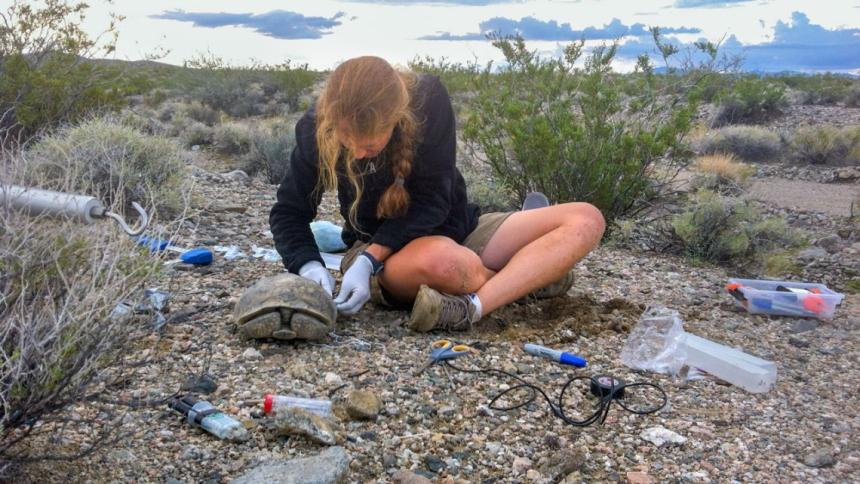
December 22, 2023
A new method could be used by biologists to estimate the prevalence of disease in free-ranging wildlife and help determine how many samples are needed to detect a disease.
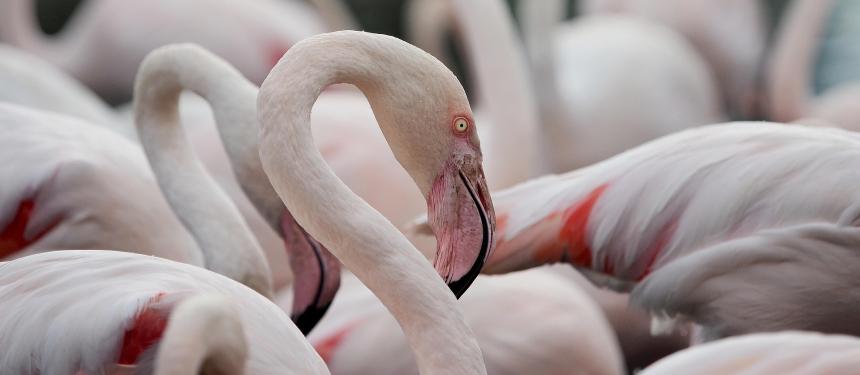
December 13, 2023
Around 220 flamingos have been found dead in Argentina due to an outbreak of avian influenza, also known as bird flu. Cornell's Dr. Krysten Schuler weighs in on this highly contagious and deadly viral disease.
